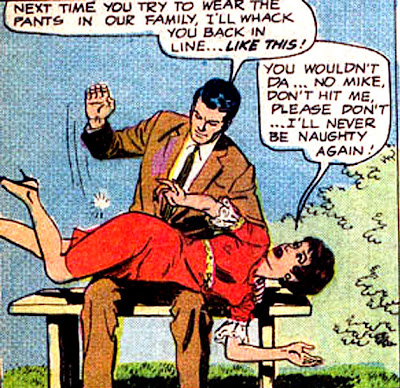Weighing in at 6,100 words, “The Velvet Underground” covers roughly 1945-1970, including the gay male leather culture; the fetish porn production business centered around NYC with artists like John Willie, Eric Stanton and Gene Bilbrew and models like Bettie Page and Tana Louise; and a little bit about the contact-service-based heterosexual kink scene. I would like to do more about the heterosexual scene as it existed then, but I just don’t have the references yet. Thus, the chapter is a little shorter and rougher than I would like.
I want to cover Story of O (1954), but it doesn’t fit in a chapter largely about American pulp porn. I may need to do a chapter about high literary kink porn, like O and The Image.
The other problem I have to face is I kind of skipped over the 1910-1945 period, apart from a few bits in the fascism chapter, and I don’t have enough material to make a strong theme for a chapter. It would be a grab bag/”and then…” chapter. Friends have counseled me that it is better to admit the limited availability of source material and cover what I can than just skip over it.
Next up is chapter 10, roughly 1970 to 1990, which covers the first aboveground kink organizations and the articulation of the kink ethos; the professionalization of the kink porn industry; the punk-kink dialectic; and the influence on the mainstream, such as fashion and movies like Nine and a Half Weeks.
I think that pushing forwards to a complete draft by the end of the year might be feasible, but it has other values in that it shows me areas I need to research, and just having something I could show to prospective publishers with the caveat “It needs some work.”




 Being Canadian, I’m always interested in Canada’s contributions to the sexual edge of culture. I was delighted to stumble across the story of
Being Canadian, I’m always interested in Canada’s contributions to the sexual edge of culture. I was delighted to stumble across the story of 
